1. Pepsi Blue

When Pepsi Blue hit store shelves in 2002, it looked like something straight out of a sci-fi movie. The electric blue color and berry flavor were designed to grab attention, especially from younger drinkers who were obsessed with flashy new products. It was sweet—maybe a little too sweet—and tasted like liquid cotton candy. Pepsi heavily promoted it with tie-ins to pop culture, including Britney Spears commercials and even product placement in movies.
But despite all the buzz, Pepsi Blue fizzled out fast. Critics complained about the artificial taste, and the color alone scared off some customers who didn’t want their tongues turning blue. By 2004, it quietly disappeared from shelves, only to make a limited comeback in 2021 for nostalgic fans who still remembered that bright blue fizz.
2. Orbitz
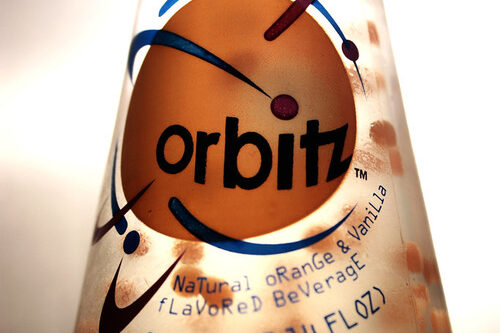
Orbitz wasn’t just a soda, it was an experience. Released by Clearly Canadian in 1997, this drink looked like a lava lamp in a bottle. It came in flavors like Raspberry Citrus and Vanilla Orange, but what made it stand out were the floating gelatin balls suspended inside.
Kids thought it was fascinating, but adults didn’t exactly line up to drink something that looked like it belonged in a science lab. The texture turned off most people, and sales tanked almost immediately. It vanished by the late ’90s, but collectors still rave about the weird, space-age packaging that made Orbitz unforgettable.
3. Coca-Cola BlāK
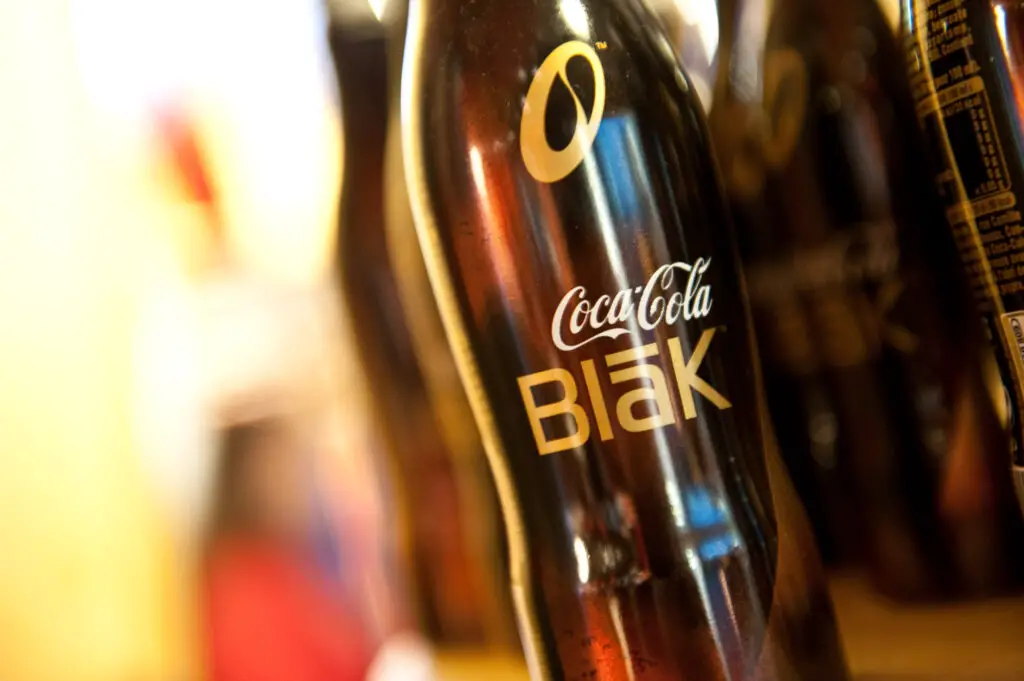
In 2006, Coca-Cola decided to mix coffee and soda, and the result was Coca-Cola BlāK. It was aimed at adults who wanted caffeine without reaching for an energy drink, and the idea actually sounded kind of sophisticated. The bottle even had a sleek, elegant design meant to stand out from typical soft drinks.
Unfortunately, the taste didn’t live up to the hype. It had a strange blend of cola and bitter coffee that confused people’s palates. After just two years, it was discontinued, leaving behind a small cult following of fans who still say it was ahead of its time.
4. Crystal Pepsi
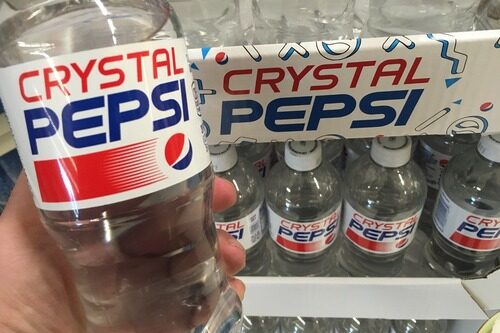
Crystal Pepsi was one of the most talked-about sodas of the early ’90s. Pepsi marketed it as a pure, caffeine-free alternative that looked clean and futuristic—clear cola in a transparent bottle. It was supposed to symbolize the new decade’s love for “purity” and “innovation.”
But once the novelty wore off, people realized it just didn’t taste quite right. It had that familiar cola flavor but somehow felt wrong without the caramel color. Pepsi pulled it after just a year, though nostalgia brought it back for short runs in the 2010s.
5. Slice
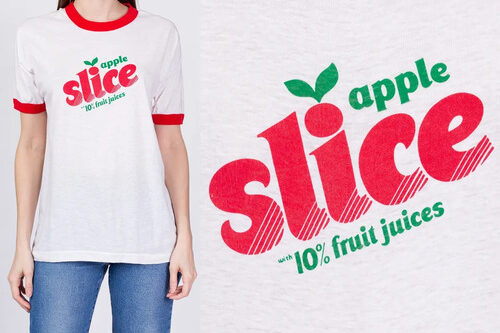
Before Sierra Mist and Starry, there was Slice. Launched in 1984, it was Pepsi’s answer to 7UP and Sprite, but with real fruit juice, which felt revolutionary at the time. The original lemon-lime flavor was soon joined by apple, peach, and even pineapple.
It became a staple of ’80s and ’90s lunchboxes, but as the competition evolved, Slice lost its fizz. Pepsi eventually replaced it with Sierra Mist in 2000, quietly ending an era for those who loved its bright, fruity taste.
6. Josta
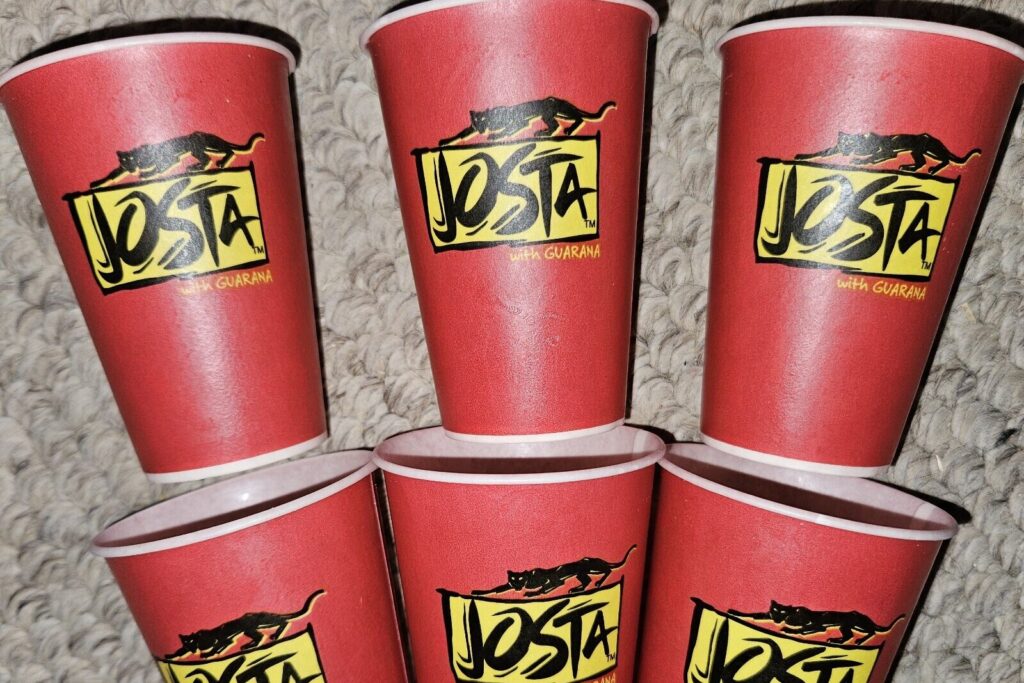
Josta made history as Pepsi’s first energy soda. Released in 1995, it was infused with guarana, long before energy drinks became mainstream. The can was loud and edgy, and the drink had a spiced, almost cherry-like flavor that stood out on crowded shelves.
Despite its uniqueness, Josta couldn’t keep up with newer energy drinks like Red Bull. It disappeared in 1999, but fans have been begging Pepsi to bring it back ever since. Its cult following still shares vintage ads and cans online like treasured relics of the ’90s.
7. Surge
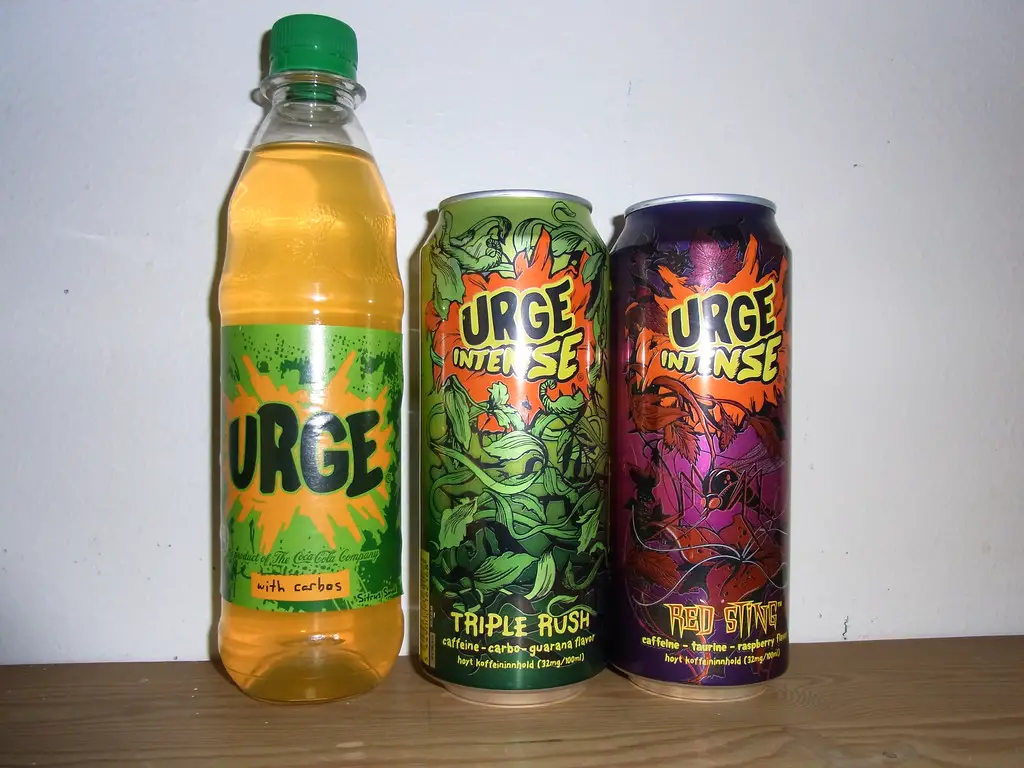
When Coca-Cola introduced Surge in 1997, it was meant to be the ultimate teen soda. It was neon green, loaded with caffeine, and advertised as the extreme alternative to Mountain Dew. The commercials were wild, full of skateboarders and high-energy stunts.
But by the early 2000s, the hype faded. Parents weren’t thrilled about the sugar and caffeine content, and Coca-Cola quietly pulled it in 2003. Thanks to a massive online fan campaign, Surge made a brief return in 2014, reminding everyone why it became a legend in the first place.
8. Tab Clear
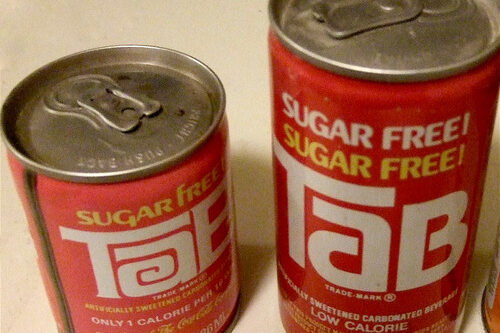
In the early ’90s, Coca-Cola decided to jump on the clear soda trend and launched Tab Clear. It was positioned as a “diet cola with clarity,” meant to compete with Crystal Pepsi. It came in the same style of clear bottle, but it didn’t quite make sense to consumers who already associated Tab with diet drinks.
The marketing was confusing, and even Coca-Cola later admitted it was designed to undermine Pepsi’s clear cola concept. Ironically, both drinks failed, and Tab Clear was discontinued in less than a year. It’s now remembered mostly as one of the strangest soda marketing wars in history.
9. Hubba Bubba Soda

If you thought Orbitz was weird, Hubba Bubba Soda took things to another level. Made in the late ’80s, it turned bubblegum into a drink. The soda was pink, frothy, and unmistakably sweet, tasting exactly like the chewing gum it was named after.
It was fun for a sip or two, but few people could actually finish a can. The overwhelming sweetness made it more of a novelty than a go-to beverage. It didn’t last long, but it definitely earned its place among the most unusual sodas ever created.
10. 7UP Gold

In 1988, 7UP decided to take a risk with something completely different. 7UP Gold was a spiced soda with a hint of cinnamon, aimed at cola drinkers looking for something new. It came in a golden can that looked strikingly different from the brand’s usual green.
But consumers were confused—why would a lemon-lime brand suddenly make a brown soda? It never found its audience and was discontinued within a year. Still, 7UP Gold remains one of the company’s most interesting missteps.
11. OK Soda

Coca-Cola launched OK Soda in 1993 to appeal to cynical Gen X consumers. The branding was minimalist and artsy, with ironic slogans like “What’s the point of OK?” It was less about taste and more about attitude, and the company leaned into its weirdness.
The problem was that it was too weird. The citrusy cola flavor didn’t stand out, and most people didn’t understand what it was supposed to be. Coca-Cola pulled it after just two years, but OK Soda’s bizarre marketing has since made it a cult favorite among soda collectors.
12. Dr Pepper Berries & Cream

This limited-edition flavor arrived in 2006 and was exactly what it sounded like—Dr Pepper with a burst of berry and creamy vanilla. It quickly gained a devoted fanbase who loved the rich, sweet twist on the classic flavor. Even the commercials, featuring a whimsical “Lil’ Sweet”-type character, became memorable.
But the novelty wore off, and by 2007 it was gone from store shelves. Fans still mourn its disappearance, with occasional rumors of a comeback that never quite happen. Some say it was one of the most delicious sodas to ever be discontinued so fast.
13. Aspen Soda
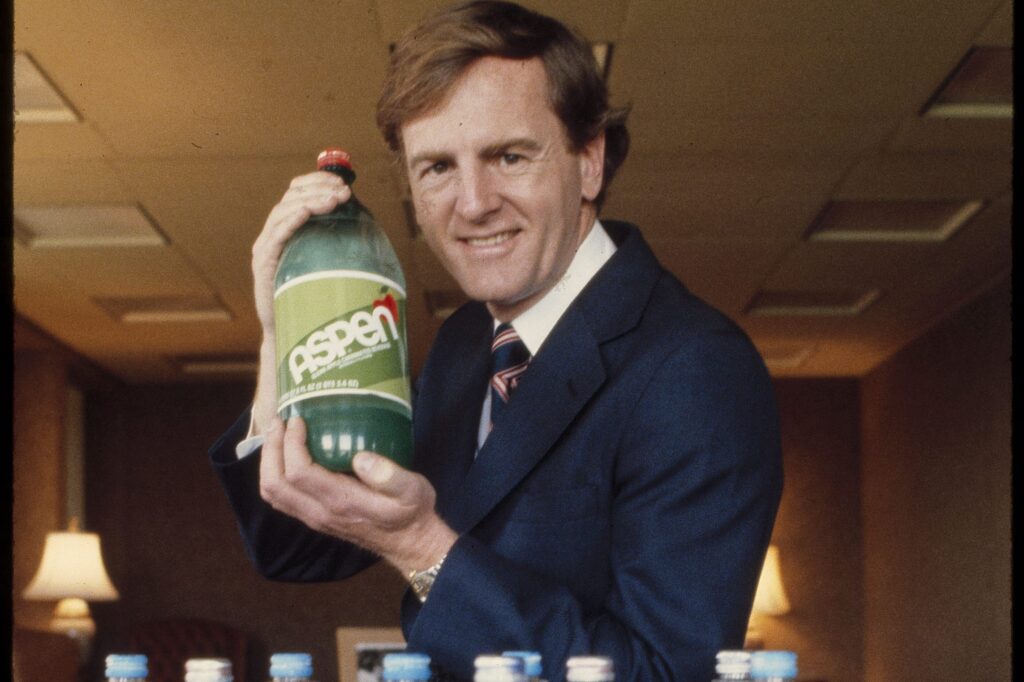
Before Apple Slice or Martinelli’s sparkling juice, there was Aspen Soda. Introduced by Pepsi in 1978, this apple-flavored soda was crisp, refreshing, and surprisingly sophisticated for its time. It even had a loyal following among adults who liked its subtle fruit taste.
But apple soda just never caught on in America the way it did in other countries. Pepsi pulled Aspen in the early ’80s, replacing it with Apple Slice, which also fizzled out. Still, people who grew up with Aspen remember it fondly as one of the best “grown-up” sodas ever made.
14. Life Savers Soda

In the early ’80s, Life Savers decided to bottle its candy flavors as soda, thinking the brand recognition would guarantee success. The drinks came in flavors like Cherry, Orange, and Pineapple, all designed to mimic the taste of the classic candies.
Unfortunately, what worked as a candy didn’t work as a drink. The sweetness was overpowering, and most people couldn’t stomach more than a few sips. Life Savers Soda was gone almost as quickly as it appeared, leaving behind one of the strangest candy crossovers in soda history.
